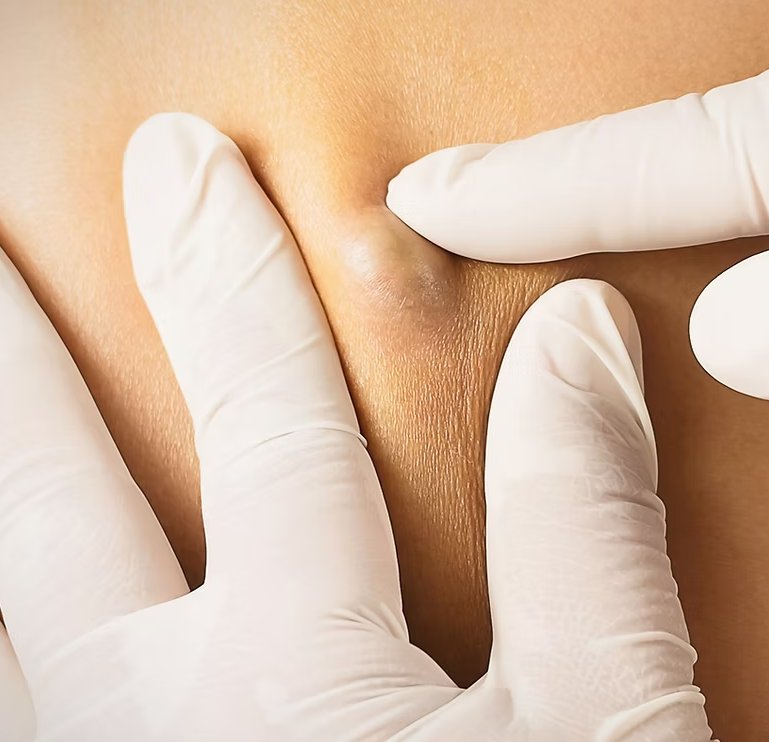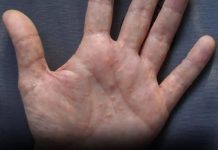Discovering small white bumps on your genital area can be concerning. However, these bumps are often harmless and part of the body’s natural anatomy. Understanding the various causes can help alleviate unnecessary worry and guide appropriate action.
1. Fordyce Spots
Fordyce spots are small, white or yellowish bumps that commonly appear on the lips, inside the cheeks, and the genital area. They are enlarged sebaceous (oil) glands without hair follicles and are present in about 80% of adults. These spots are benign, not contagious, and typically require no treatment. While some individuals may seek cosmetic removal, procedures like laser therapy carry risks such as scarring and are generally unnecessary.

2. Pearly Penile Papules (PPP)
Pearly penile papules are small, dome-shaped bumps that form around the corona (rim) of the glans penis. They are a normal anatomical variation, not associated with any disease or poor hygiene. PPP is more common in uncircumcised men and often becomes less noticeable with age. No treatment is necessary, but cosmetic options like CO₂ laser therapy are available for those distressed by their appearance.
3. Vestibular Papillomatosis
In females, vestibular papillomatosis presents as small, pinkish bumps on the vulva. These are benign and not caused by human papillomavirus (HPV), though they can be mistaken for genital warts. They are a normal variant of the vulvar anatomy and do not require treatment.
4. Pimples and Ingrown Hairs
Like other body areas, the genital region can develop pimples due to clogged pores, sweat, or friction. Ingrown hairs, resulting from shaving or waxing, can also cause small, red or white bumps. These typically resolve on their own. Maintaining proper hygiene and avoiding tight clothing can help prevent these occurrences.
5. Genital Warts
Caused by certain strains of HPV, genital warts are soft, flesh-colored growths that can appear on the genital and anal areas. They are contagious and may cause discomfort or itching. Treatment options include topical medications, cryotherapy, or surgical removal. Vaccination against HPV can help prevent these warts.
6. Molluscum Contagiosum
This viral infection leads to small, firm, dome-shaped bumps with a central dimple. It spreads through skin-to-skin contact, including sexual activity. While molluscum contagiosum often resolves without treatment, medical interventions like cryotherapy or topical therapies can expedite healing and prevent spread.
7. Lichen Sclerosus
Lichen sclerosus is a chronic skin condition that causes white, patchy skin, often in the genital area. It can lead to itching, discomfort, and scarring if untreated. While not contagious, it requires medical management, typically with corticosteroid creams, to alleviate symptoms and prevent complications.
8. Epidermoid Cysts
These are small, benign lumps beneath the skin, resulting from blocked hair follicles. They can appear on the scrotum or labia and are usually painless unless infected. Treatment is generally unnecessary unless the cyst becomes bothersome, in which case surgical removal may be considered.

When to Consult a Healthcare Provider
While many genital bumps are harmless, it’s essential to seek medical advice if you notice:
- Rapid changes in size, color, or number of bumps
- Pain, itching, or discomfort
- Ulceration or bleeding
- Accompanying symptoms like fever or swollen lymph nodes
- Uncertainty about the nature of the bumps
A healthcare professional can provide an accurate diagnosis and recommend appropriate treatment if necessary.
Noticing white bumps on your genital area can be unsettling, but many such bumps, like Fordyce spots or pearly penile papules, are benign and require no treatment. Understanding the common causes can help differentiate between harmless conditions and those needing medical attention. Maintaining good hygiene, practicing safe sex, and consulting a healthcare provider when in doubt are key steps in managing your genital health.

















